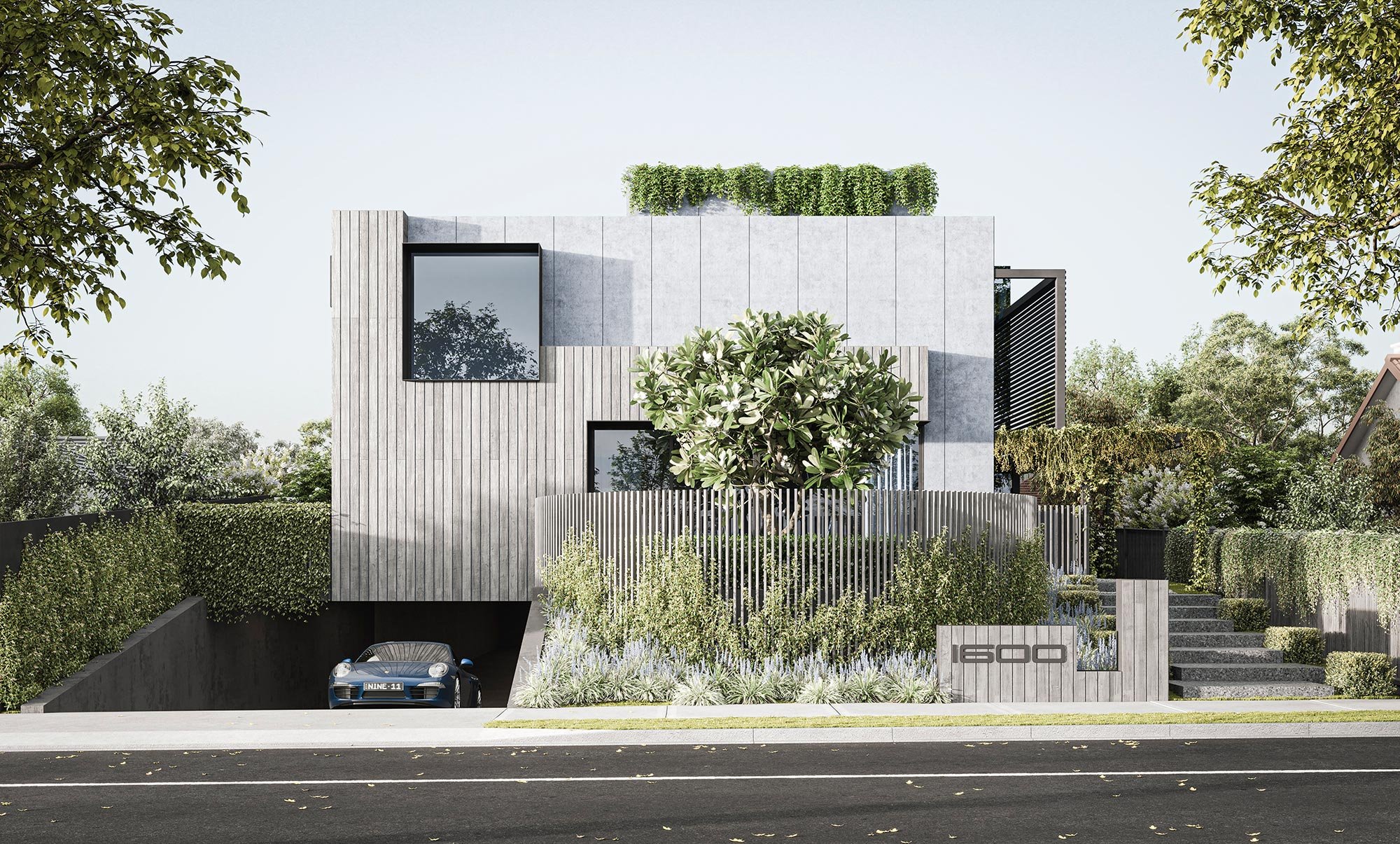The Future of Architectural Rendering: Trends and Predictions


The field of architectural rendering is continuously evolving, driven by advancements in technology and changing industry demands. As we look to the future, several trends and predictions are shaping the direction of architectural visualization. This article explores the future of architectural rendering and what architects and designers can expect in the coming years.
Real-Time Rendering and Interactive Experiences
Real-time rendering is set to become a standard in architectural visualization. With the ability to make instantaneous changes and see the results in real-time, architects can create more interactive and engaging experiences for clients. This technology allows for on-the-fly adjustments, improving collaboration and decision-making.
Virtual Reality (VR) and Augmented Reality (AR)
VR and AR are transforming the way architectural designs are presented and experienced. VR offers immersive virtual tours, allowing clients to explore designs in a fully interactive environment. AR overlays digital elements onto the real world, enhancing on-site visits with additional information and visualizations. These technologies provide a more comprehensive understanding of the design and its context.
Artificial Intelligence (AI) in Rendering
AI is making significant strides in architectural rendering. AI-powered tools can automate various aspects of the rendering process, from generating realistic textures to optimizing lighting setups. These advancements reduce the time and effort required to create high-quality renderings, allowing architects to focus on design and creativity.
Sustainability and Eco-Friendly Designs
As sustainability becomes a priority, architectural renderings will increasingly focus on eco-friendly designs. Renderings will highlight sustainable materials, energy-efficient systems, and green building practices. This trend aligns with the growing demand for environmentally responsible architecture and helps clients visualize the benefits of sustainable design.
Photorealistic and Hyper-Realistic Renderings
The pursuit of photorealism continues to drive advancements in rendering technology. Hyper-realistic renderings, which are virtually indistinguishable from real photographs, will become more common. These high-fidelity visualizations provide clients with a clear and accurate representation of the final project, enhancing their confidence and decision-making.
Cloud-Based Rendering Services
Cloud-based rendering services are gaining popularity due to their scalability and efficiency. By leveraging the power of the cloud, architects can render complex scenes faster and without the need for expensive hardware. Cloud-based solutions also facilitate remote collaboration, allowing teams to work together seamlessly from different locations.
Integration with Building Information Modeling (BIM)
The integration of rendering with BIM systems is expected to deepen. BIM provides comprehensive project information, including structural, mechanical, and electrical systems. Combining BIM with advanced rendering techniques will result in more accurate and detailed visualizations, improving project coordination and reducing conflicts.
Customizable and Personalized Renderings
Customization and personalization will play a significant role in future renderings. Clients will have the ability to tailor visualizations to their preferences, selecting different materials, colors, and layouts. This level of customization enhances client satisfaction and allows for a more personalized design experience.
Conclusion
The future of architectural rendering is poised to be shaped by real-time rendering, VR and AR, AI, sustainability, photorealism, cloud-based services, BIM integration, and customization. These trends and predictions highlight the exciting advancements and opportunities in architectural visualization. By embracing these technologies, architects can create more engaging, accurate, and sustainable designs for their clients.